A communal TV system provides television to a number of users from a single aerial, or set of satellite dishes. They serve properties like tower blocks, apartments, assisted living/care homes, prison blocks, hospitals or student accommodation. They are also used in areas where planning constraints restrict the use and number of roof top aerials and satellite dishes. There are many benefits to a communal TV system and a number of technologies available such as; Shared Dish, Internet Protocol Television (IPTV), Satellite Master Antenna (SMATV), Single Cable or Channel Stacking System (CSS) or Fibre Integrated Reception System (FIRS). We can guide you through the best system for your building or assist you with the ongoing maintenance of your communal TV System. All installations are within Confederation of Aerial Industries (CAI) standards. IRS (Integrated Reception System) is the easiest way for private landlords , commercial builders, local authorities or housing associations to provide residents with any combination of Sky, Sky HD, SKY 3D, Freesat, Freeview and radio services. The signal is distributed from one satellite dish to numerous tenants within a building. The need for individual satellite dishes or aerials is removed, which reduces the unpleasant view of cluttered dishes on properties. Another benefit is that an IRS system can be hidden entirely from view on a roof of a central building. IRS is an easy system to maintain and it can future proof your property by keeping up to date with current digital demands and allow for additional dishes to satisfy the needs of various residents – such as Poc Sat, Hotbird or Euro Sat. A Fibre Integrated Reception System (FIRS) provides residents with any combination of Sky, Sky HD, SKY 3D, Freesat and Freeview as well as radio services. It is faster and more optimised than the standard Integrated Reception System (IRS) and is used by many private landlords, commercial builders, local authorities or housing associations. As the signal if not affected by electrical cables, it is much clearer. A satellite dish distributes the signal to all users over a larger geographical area, in fact, it can cover 100s of homes in excess of a 10km radius of the exchange. This allows for a larger number of tenants to access the latest in digital entertainment without needing to install individual satellites and aerials. A Single Cable Solution or Channel Stacking System (CSS) is the most cost-effective way to upgrade an existing IRS system for SkyQ. A Digital Single Cable Router device (dSCR) delivers signals required for SkyQ and Sky+ down one existing single cable to a dwelling. This allows private landlords, commercial builders, local authorities and housing associations to provide residents with access to a number of HD, 3D, Digital Television and Digital Radio channels from the one combined aerial and satellite dish array. SkyQ (dSCR) upgrades are simple as there is usually no need to reconfigure equipment or re-cable the building which is ideal for situations where external cabling is not allowed or internal cabling is inaccessible. Unlike a standard Integrated Receiver System (IRS) installation, a complete SkyQ (dSCR) upgrade doesn’t usually involve any impact to the building. A we would not have to re-cable, it means that access to individual dwellings isn’t needed until the resident takes up SkyQ. Digital Satellite Master Antenna Television (SMATV) is a cost effective TV distribution system which is used in communal properties that requires control the TV channel line up over multiple TV, for example in hotels, bars, office blocks, hospitals or prisons. Digital SMATV is designed to capture and decrypt a chosen selection of channels which are then combined onto a coaxial distribution system for viewing on a standard Freeview Digital TV receiver. The risk of theft and clutter is reduced as there is no need for set top boxes. The system enables you to customise and control programming in order to meet audience needs and provide a broader range of programme facilities (Sky, CNN, Zee TV etc.) for multilingual end-users. Depending on your specific requirements and budget, multiple services can be received by the dish(es) and supplied to the end-user using a variety of different control methods. Internet Protocol Television (IPTV) ensures that visual content is distributed reliably, efficiently and cost-effectively across a number of areas within a building/location. Examples are visuals in a board meeting, reception area, large sports stadium or employee/student desktop PCs. Most organisations have networks that will support an IPTV system covering a building or campus (subject to switch types) as it uses the same network as internet browsing. IPTV optimises internal communications by giving the user total control of high quality viewing channels and services. It also enables you to add local video sources, such as DVD or cameras as well as have video on demand (VOD) programmes or your own channels streaming from a VOD server. Shared Dish Systems are a very cost-effective way to provide tenants with access to Sky, Sky+HD, Sky 3D and Freesat therefore they are ideally suited to private landlords, developers and block management companies. Cables run into individual properties from a single satellite dish, therefore there is no need for individual satellite dishes. As well as being aesthetically pleasing, it is an ideal for situation individual dishes are prohibited on your block. Communal TV Systems
We work with landlords, developers, hospitals and care homes to deliver advanced TV systems
IRS System
Fibre Integrated Reception System (FIRS)
Single Cable Solution or Channel Stacking System (CSS)
Digital Satellite Master Antenna Television (SMATV)
Protocol Television (IPTV)
Shared Dish



